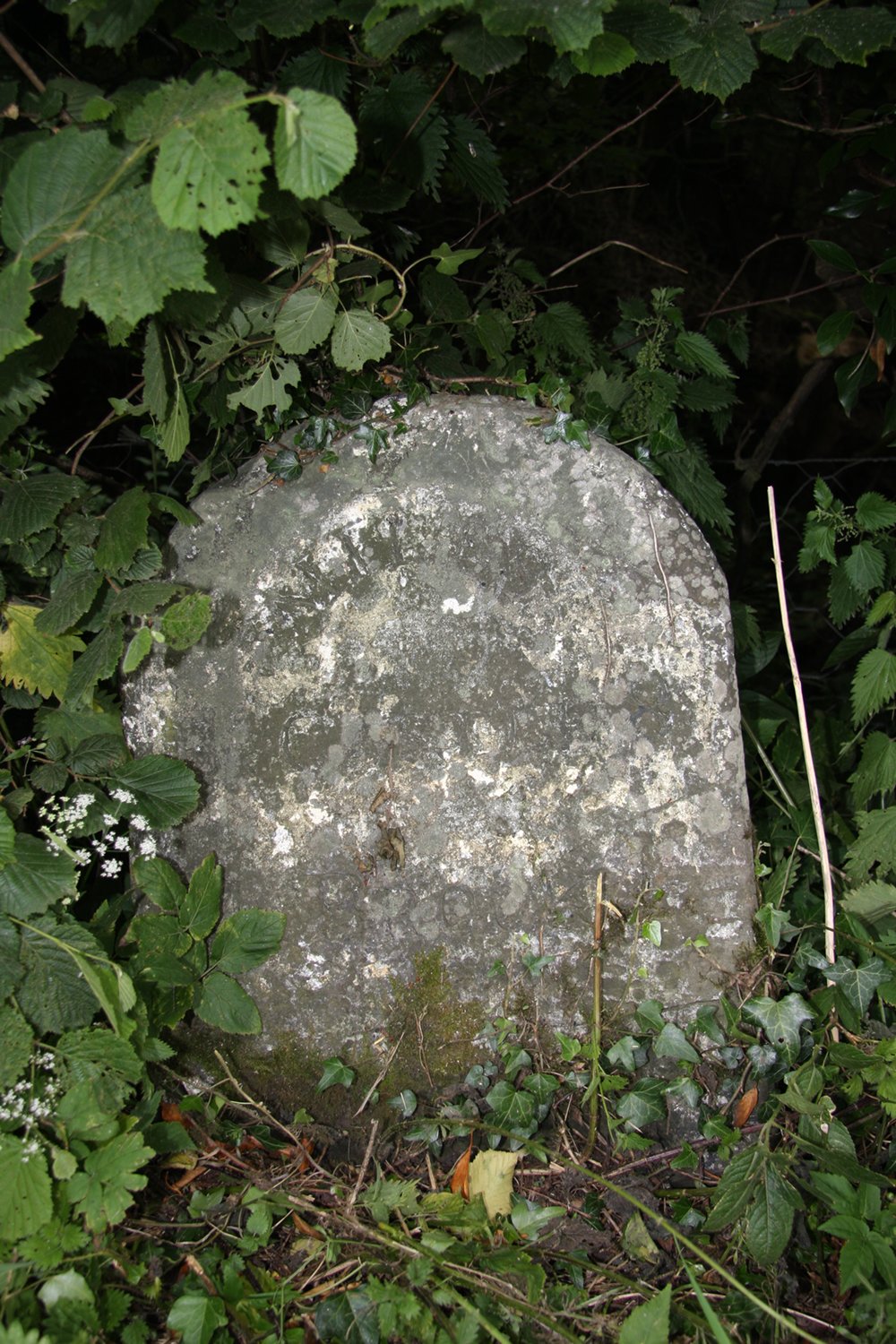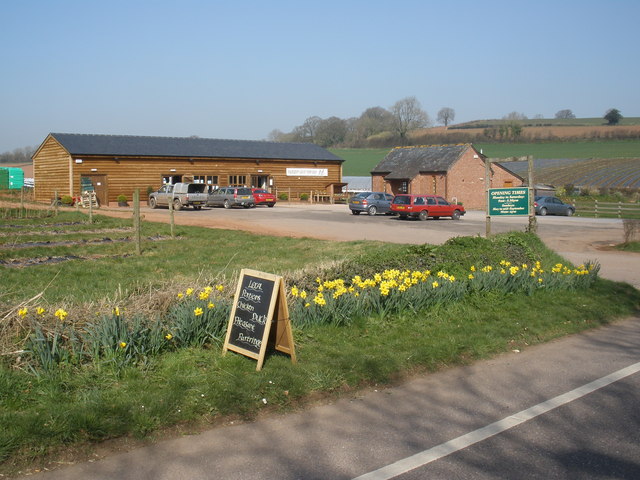|
Strefford
Strefford is a historic hamlet (place), hamlet in Shropshire, England. It lies in the civil parishes in England, civil parish of Wistanstow and is situated just off the A49 road north of the small town of Craven Arms. The nearest settlement is Upper Affcot, to the north on the A49, a hamlet which has a public house. Strefford is at an elevation of between and 135m, and just to the east is Strefford Wood which is at the southern end of Wenlock Edge; the bridleway that runs along the Edge ends just outside the hamlet.Ordnance Survey mapping Strefford was recorded in the Domesday Book as 'Straford' and in 1255 as 'Streford'.Poulton-Smith (2009) ''Shropshire Place Names'' p 136 The name derives from its situation between the Roman road (a "Street") at Wistanstow (to the west) and the ford (crossing), ford immediately to the east of the hamlet, which crosses the Byne or Quinny Brook. The Byne and Quinny Brooks meet just prior to the ford and only a mile after flow into the River Onn ... [...More Info...] [...Related Items...] OR: [Wikipedia] [Google] [Baidu] |
Listed Buildings In Wistanstow
Wistanstow is a civil parish in Shropshire, England. It contains 37 Listed building#England and Wales, listed buildings that are recorded in the National Heritage List for England. Of these, three are listed at Grade II*, the middle of the three grades, and the others are at Grade II, the lowest grade. The parish contains villages including Wistanstow, Cheney Longville, Felhampton, and Strefford, but is mainly rural. Most of the listed buildings are houses, including two former manor houses, cottages, farmhouses and farm buildings, the earlier of which are timber framed. One of the farms contains material originally part of Cheney Longville Castle. The other listed buildings include two churches and items in a churchyard, a former corn mill converted into houses, four milestones, a former pumping station, pumphouse, and two telephone kiosks. __NOTOC__ Key Buildings References Citations Sources * * * * * * * * * * * * * * * * * * * * * * * * * * * * * * ... [...More Info...] [...Related Items...] OR: [Wikipedia] [Google] [Baidu] |
Upper Affcot
Upper Affcot is a hamlet (place), hamlet in Shropshire, England. It is located on the A49 road, A49 north of Craven Arms and south of Church Stretton, between the hamlets of Strefford and Felhampton. There is a public house here, formerly called the Travellers Rest, now the Affcot Lodge. It is part of the Civil parishes of England, civil parish of Wistanstow. References * Hamlets in Shropshire {{shropshire-geo-stub ... [...More Info...] [...Related Items...] OR: [Wikipedia] [Google] [Baidu] |
Wistanstow
Wistanstow is a village and parish in Shropshire, England. Wistanstow is located about south of Church Stretton and north of Ludlow. It is about north of Craven Arms. It is just off the main Shrewsbury- Hereford road, the A49. The large parish, of , includes a number of other small settlements: Woolston, Upper Affcot, Cwm Head, Bushmoor, Strefford, Whittingslow, Felhampton and Cheney Longville, and a population of 724 was recorded in the 2001 census, increasing to 812 at the 2011 Census. The River Onny flows through the parish, southwest of the village, also Leamoor Common and Wettles are to the north of the village. History and amenities The main lane running through the village is a Roman road, which ran between the Roman settlements and forts at Leintwardine and Wroxeter. The village takes its name from the Anglo-Saxon saint Wigstan who was the grandson of the King of Mercia. He was martyred at this location by his greatuncle. His burial took place at his fam ... [...More Info...] [...Related Items...] OR: [Wikipedia] [Google] [Baidu] |
Hamlet (place)
A hamlet is a human settlement that is smaller than a town or village. Its size relative to a Parish (administrative division), parish can depend on the administration and region. A hamlet may be considered to be a smaller settlement or subdivision or satellite entity to a larger settlement. The word and concept of a hamlet has roots in the Anglo-Norman settlement of England, where the old French ' came to apply to small human settlements. Etymology The word comes from Anglo-Norman language, Anglo-Norman ', corresponding to Old French ', the diminutive of Old French ' meaning a little village. This, in turn, is a diminutive of Old French ', possibly borrowed from (West Germanic languages, West Germanic) Franconian languages. Compare with modern French ', Dutch language, Dutch ', Frisian languages, Frisian ', German ', Old English ' and Modern English ''home''. By country Afghanistan In Afghanistan, the counterpart of the hamlet is the Qila, qala (Dari language, Dari: ... [...More Info...] [...Related Items...] OR: [Wikipedia] [Google] [Baidu] |
Ford (crossing)
A ford is a shallow place with good footing where a river or stream may be crossed by wading, or inside a vehicle getting its wheels wet. A ford may occur naturally or be constructed. Fords may be impassable during high water. A low-water crossing is a low bridge that allows crossing over a river or stream when water is low but may be treated as a ford when the river is high and water covers the crossing. Description A ford is a much cheaper form of river crossing than a bridge, and it can transport much more weight than a bridge, but it may become impassable after heavy rain or during flood conditions. A ford is therefore normally only suitable for very minor roads (and for paths intended for walkers and horse riders etc.). Most modern fords are usually shallow enough to be crossed by cars and other wheeled or tracked vehicles (a process known as "fording"). Fords may be accompanied by stepping stones for pedestrians. The United Kingdom has more than 2,000 fords, and most ... [...More Info...] [...Related Items...] OR: [Wikipedia] [Google] [Baidu] |
Area Of Outstanding Natural Beauty
An Area of Outstanding Natural Beauty (AONB; , AHNE) is an area of countryside in England, Wales, and Northern Ireland, that has been designated for conservation due to its significant landscape value. Areas are designated in recognition of their national importance by the relevant public body: Natural England, Natural Resources Wales, and the Northern Ireland Environment Agency respectively. In place of AONB, Scotland uses the similar national scenic area (NSA) designation. Areas of Outstanding Natural Beauty enjoy levels of protection from development similar to those of UK national parks, but unlike national parks the responsible bodies do not have their own planning powers. They also differ from national parks in their more limited opportunities for extensive outdoor recreation. History The idea for what would eventually become the AONB designation was first put forward by John Dower in his 1945 ''Report to the Government on National Parks in England and Wales''. Dower ... [...More Info...] [...Related Items...] OR: [Wikipedia] [Google] [Baidu] |
Milestone
A milestone is a numbered marker placed on a route such as a road, railway line, canal or boundary. They can indicate the distance to towns, cities, and other places or landmarks; or they can give their position on the route relative to some datum location. On roads they are typically located at the side or in a median or central reservation. They are alternatively known as mile markers, mileposts or mile posts (sometimes abbreviated MPs). A "kilometric point" is a term used in metricated areas, where distances are commonly measured in kilometres instead of miles. "Distance marker" is a generic unit-agnostic term. Milestones are installed to provide linear referencing points along the road. This can be used to reassure travellers that the proper path is being followed, and to indicate either distance travelled or the remaining distance to a destination. Such references are also used by maintenance engineers and emergency services to direct them to specific points where th ... [...More Info...] [...Related Items...] OR: [Wikipedia] [Google] [Baidu] |
Water Well
A well is an excavation or structure created in the ground by digging, driving, or drilling to access liquid resources, usually water. The oldest and most common kind of well is a water well, to access groundwater in underground aquifers. The well water is drawn up by a pump, or using containers, such as buckets or large water bags that are raised mechanically or by hand. Water can also be injected back into the aquifer through the well. Wells were first constructed at least eight thousand years ago and historically vary in construction from a simple scoop in the sediment of a dry watercourse to the qanats of Iran, and the stepwells and sakiehs of India. Placing a lining in the well shaft helps create stability, and linings of wood or wickerwork date back at least as far as the Iron Age. Wells have traditionally been sunk by hand digging, as is still the case in rural areas of the developing world. These wells are inexpensive and low-tech as they use mostly manual labour, ... [...More Info...] [...Related Items...] OR: [Wikipedia] [Google] [Baidu] |
Listed Building
In the United Kingdom, a listed building or listed structure is one that has been placed on one of the four statutory lists maintained by Historic England in England, Historic Environment Scotland in Scotland, in Wales, and the Northern Ireland Environment Agency in Northern Ireland. The term has also been used in the Republic of Ireland, where buildings are protected under the Planning and Development Act 2000. The statutory term in Ireland is " protected structure". A listed building may not be demolished, extended, or altered without special permission from the local planning authority, which typically consults the relevant central government agency, particularly for significant alterations to the more notable listed buildings. In England and Wales, a national amenity society must be notified of any work to a listed building which involves any element of demolition. Exemption from secular listed building control is provided for some buildings in current use for worship, ... [...More Info...] [...Related Items...] OR: [Wikipedia] [Google] [Baidu] |
Bed And Breakfast
Bed and breakfast (typically shortened to B&B or BnB) is a small lodging establishment that offers overnight accommodation and breakfast. Bed and breakfasts are often private family homes and typically have between four and eleven rooms, with six being the average. In addition, a B&B usually has the hosts living in the house. ''Bed and breakfast'' is also used to describe the level of catering included in a hotel's room prices, as opposed to room only, half-board or full-board. International differences China In China, expatriates have remodelled traditional structures in quiet picturesque rural areas and opened a few rustic boutique hotels with minimum amenities. Most patrons are foreign tourists but they are growing in popularity among Chinese domestic tourists. India In India, the government is promoting the concept of bed & breakfast. The government is doing this to increase tourism, especially keeping in view of the demand for hotels during the 2010 Commonwealth Games ... [...More Info...] [...Related Items...] OR: [Wikipedia] [Google] [Baidu] |
Farm Shop
A farm shop, or "farm stand" in the United States, is a type of retail outlet which usually sells produce directly from a farm. Some farm shops also resell related goods such as locally produced groceries, foods, drinks and delicatessen products. In developed countries the number of farm shops is increasing as farms seek to diversify their sources of income in the face of financial pressures. Direct sales to the consumer allow farmers to retain a larger portion of the resulting profit than they can obtain by selling to a wholesaler or larger reseller. Many farm shops sell higher-margin premium goods such as organic produce of known local provenance in order to differentiate their offerings from those in supermarkets. Larger farm shops may target the leisure-shopping market,https://dspace.stir.ac.uk/dspace/bitstream/1893/665/1/paddisonrural.pdf (PDF) offering tea-rooms, gift shops and rural lifestyle products. In recent years, especially in strongly-agrarian regions and countries su ... [...More Info...] [...Related Items...] OR: [Wikipedia] [Google] [Baidu] |





